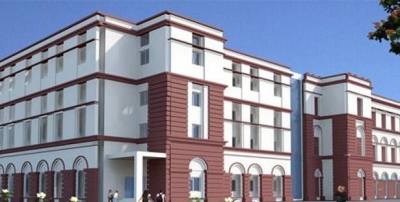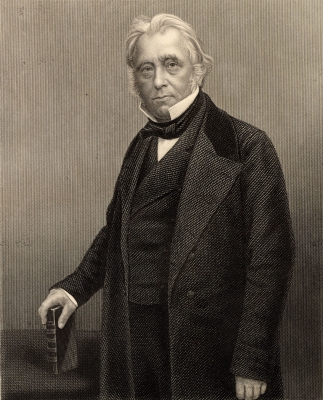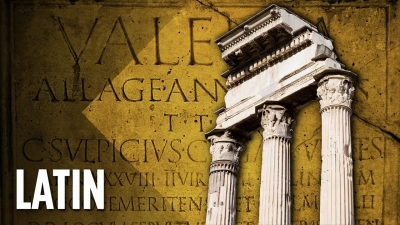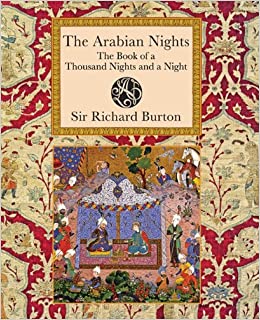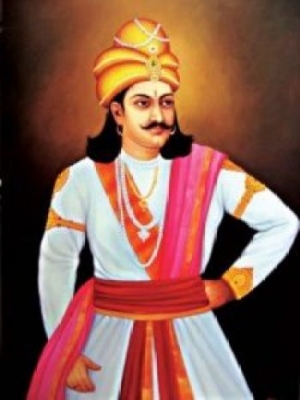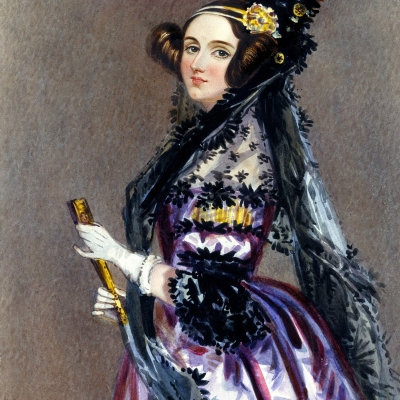
Born on December 10, 1815, in London, England, Augusta Ada King, Countess of Lovelace, is widely regarded as the first computer programmer. Lovelace worked closely with Charles Babbage, (credited with inventing the first mechanical computer), on his mechanical computer, the Analytical Engine. She recognised the potential of the machine to have applications beyond just calculations and published an algorithm intended to be carried out by it. As a result, she is considered the first computer programmer.
Lovelace paved the way for computer programmers of the future, who are now programming the computer to learn by itself, a process known as machine learning.
“That brain of mine is something more than merely mortal, as time will show.”
Picture Credit : Google

